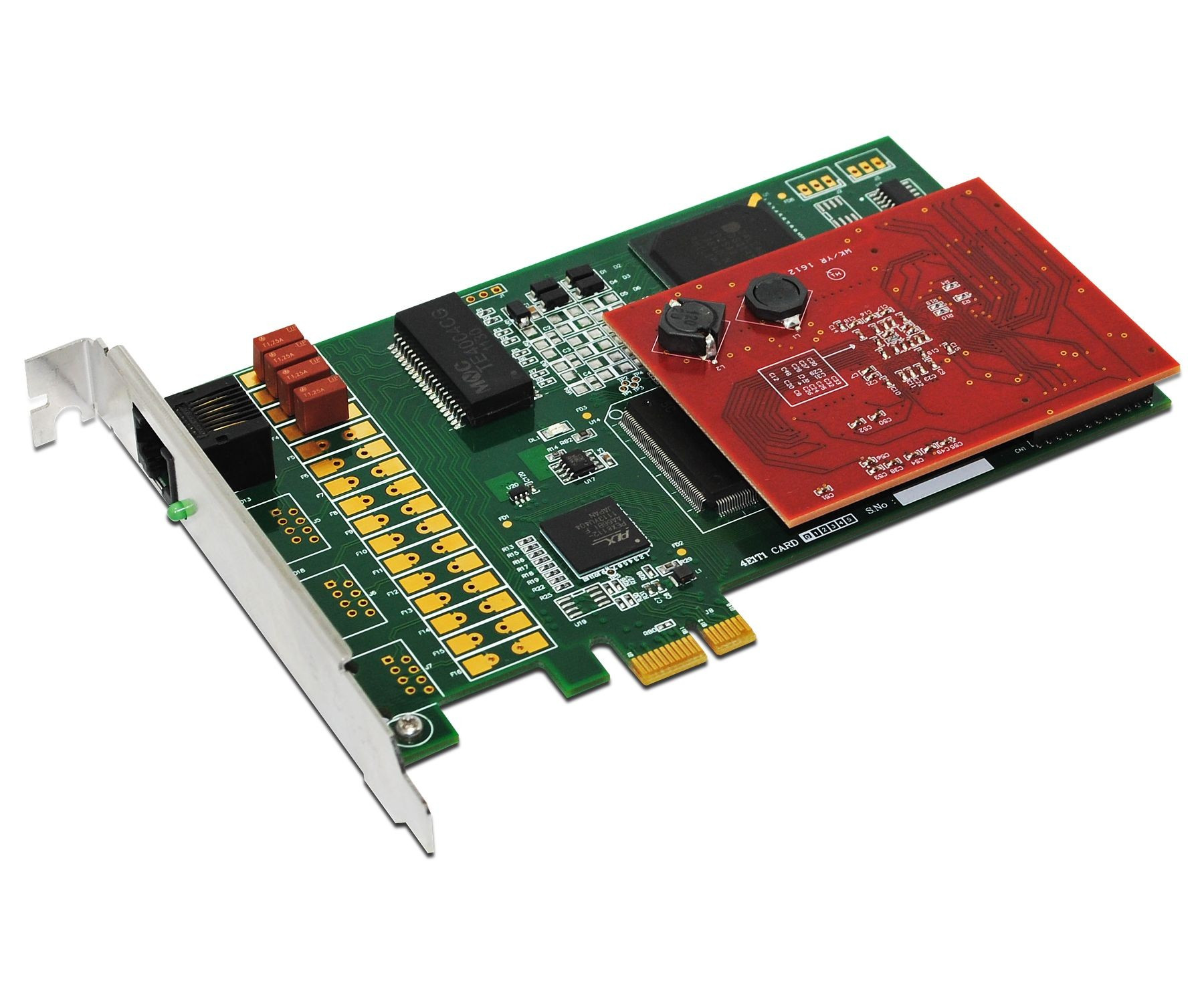The term E1 card in the context of Cisco and exchange refers to a hardware module used in networking equipment for handling E1 interfaces. These cards are typically installed in Cisco routers or switches to provide E1 connectivity, which is commonly used for voice and data transmission in telecommunications networks.
E1 Card in Cisco Equipment
- E1 is a digital transmission link used primarily in Europe and other regions, carrying data at a rate of 2.048 Mbps. It is part of the ISDN (Integrated Services Digital Network) and is often used for voice, video, and data communication in telecommunication networks.
- Cisco devices, such as routers or voice gateways, can be equipped with an E1 card to connect to these digital circuits, typically for PRI (Primary Rate Interface) or BRI (Basic Rate Interface) services.
Key Features of Cisco E1 Cards:
- Interface: The E1 card provides an interface for connecting E1 lines to Cisco routers or switches.
- Functionality: These cards are used for PRI or BRI connectivity, supporting both voice and data traffic.
- Application: Common in enterprise and service provider environments where integration of voice and data over the same network is needed.
- Protocols: Typically supports protocols like SS7 (Signaling System No. 7), ISDN, and SIP (Session Initiation Protocol).
Common Models
Some of the Cisco E1 cards include:
- Cisco Voice Interface Cards (VICs): These are used in Cisco ISR (Integrated Services Routers) or Cisco ASR (Aggregation Services Routers) to support voice and data applications over the E1 interface.
- Cisco T1/E1 Multiservice Interface Cards (SM-1): These are modular cards for routers to support multiple services over T1/E1 connections.
If you’re dealing with Cisco equipment and need to integrate or manage E1 lines, these cards provide the necessary physical and logical interface for that integration.
Let me know if you need more detailed information on configuring or troubleshooting these cards in a Cisco environment!

